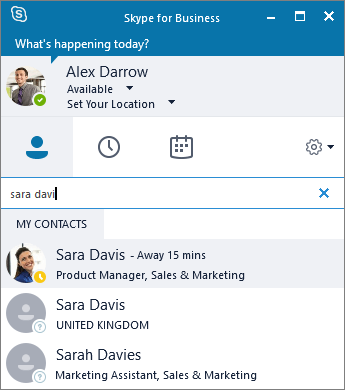

Remove the folder where you extracted the files. (Note that It may take a while for this command to complete).Įnter the following command: setup.exe /configure configuration.xmlĬonfirm to close 'Skype for Business' when asked. Next, enter the following command: setup.exe /download configuration.xml

Open a 'Command Prompt window' as administrator.Īt the command prompt, type: (assuming that you extracted the files to "C:\ODT2016") cd c:\ODT2016 Save the changes and close your text editor. Replace the complete content of the configuration.xml with the following lines: Ĭhange OfficeClientEdition="32" to OfficeClientEdition="64" if you are on a 64-bit system. Open "configuration.xml" in a text editor (like notepad). You will get two files, setup.exe and configuration.xml. Select a local folder (for example C:\ODT2016) and extract the files to that folder. If you have any questions about disabling Skype for Business, please feel free to contact the NDSU Help Desk at 231-8685.Just adding that it is possible to delete/uninstall Skype using the ODT tool.ĭownload the Office 2016 Deployment Tool from this link.

If you still have a shortcut to Skype for Business in your taskbar at the bottom of the screen, you can right-click on the icon and select Unpin from taskbar.

However, we can disable it so it will not automatically start up when we log on to our computers. Unfortunately, with Office 2019 and Office 365, you cannot simply uninstall Skype For Business. With the upcoming move to Microsoft Teams, Skype for Business is no longer needed.


 0 kommentar(er)
0 kommentar(er)
